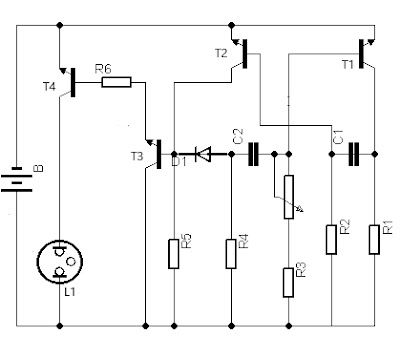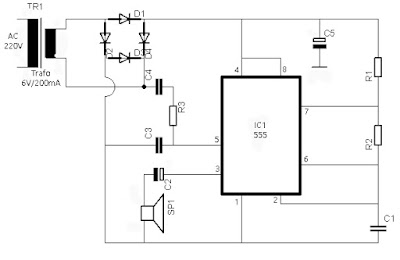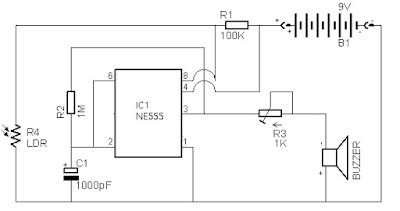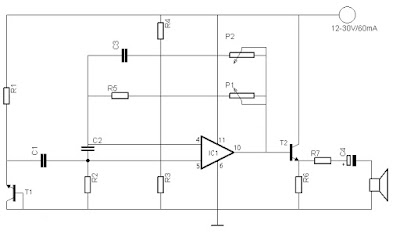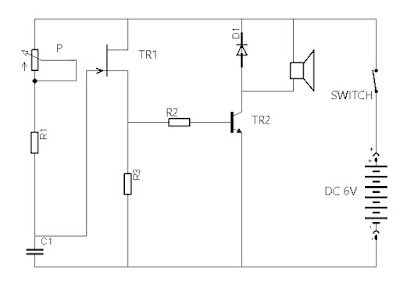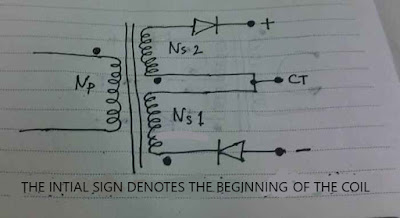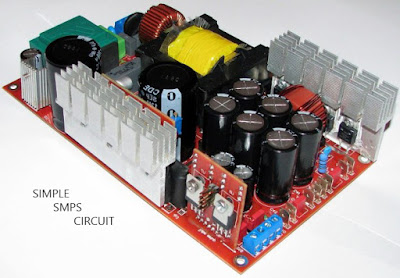Simple Accumulator Charger Circuit, is a tool that can be used to store electrical energy in the form of chemical energy. We can easily find batteries on motor vehicles and such. In a battery there is an electrical cell in which there is an electrochemical process that is reversible or can be reversible with high efficiency. In other words, the process can convert electrical energy into chemical energy, or chemical energy into electrical energy.That is why the energy of the accu can be recharged by the charge, If the chemical energy in the accu is exhausted, it can be charged again using electrical energy which will be converted and stored in the form of chemical energy.
As the name suggests, the accu charger is used to recharge the energy in the expired battery. The series we are going to share this time is a simple sequence that utilizes some basic electronics components. For more details you can see in the following reviews.
Accumulator charger circuit scheme:
As the name suggests, the accu charger is used to recharge the energy in the expired battery. The series we are going to share this time is a simple sequence that utilizes some basic electronics components. For more details you can see in the following reviews.
Accumulator charger circuit scheme:
All the components listed in the schematic of the series can be found in the electronics components stores that are near your home. But if you want to shop online electronics components.
If you want a simpler circuit try to make a regular accu charger circuit that is not automatic. The required components are also simpler and fewer. Here is a schematic of a simple accu charger circuit that is not automatic.
So little information about Simple Accumulator Charger Circuit. Hopefully this information can provide benefits for loyal readers and good luck.












